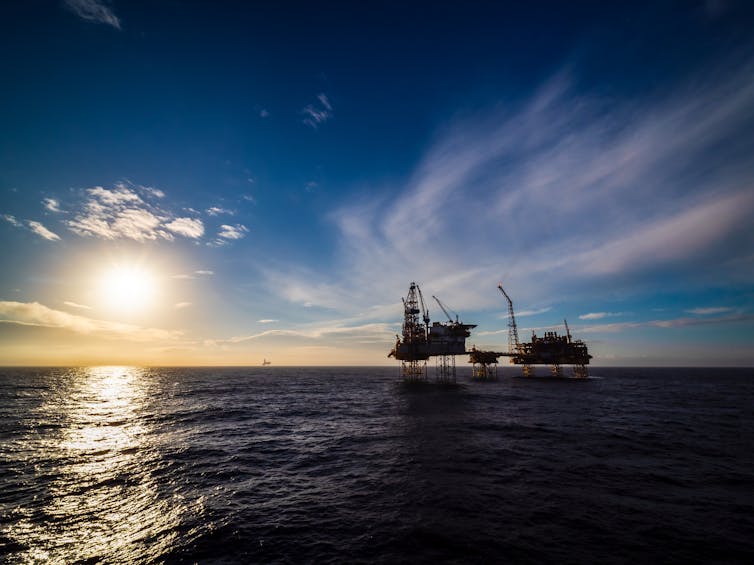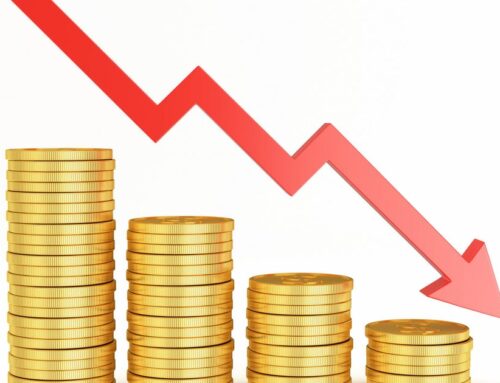How banks affect the environment and the role your money plays in it
October 28, 2025
When you think about your environmental footprint, what comes to mind first? Maybe the flights you take, the car you drive or whether you choose the train instead. Perhaps it is the plastic you try to avoid, the clothes you buy or the food on your plate. But what about your money – how often do you think about where it is kept and what it supports?
Banks are a part of our everyday lives. We use them to receive salaries, make transactions, pay bills or take out loans and mortgages. Yet behind every transaction lies a financial system that quietly shapes not only our economy but also – less visibly – our planet. The way banks operate can influence which industries thrive, which decline and how businesses affect the environment.
Banks worldwide function on what is called “fractional reserve banking”. Under this system, when we make a deposit the money is not simply stored in a vault. Banks use most deposits to issue loans – for housing, businesses or infrastructure – keeping only a small portion as reserves.
Some central banks require a fraction of the deposits to be held as minimum reserves, but many countries, including the UK and the US no longer impose such a requirement. As a result, banks decide how much of the deposits they will hold as reserves while the remainder facilitates lending to borrowers.
But decisions about lending are powerful. Since banks can decide where credit goes, they can also influence where new money enters the economy. To put it simply, lending for housing can expand the property market, financing renewable energy can support low-carbon infrastructure, while funding coal mines or oil and gas extraction may risk locking in future carbon emissions over decades.
These choices affect which sectors see lower borrowing costs and greater capital flows. Banks serve as stewards of economic growth and, as such, as stewards of environmental impact.

Frode Koppang/Shutterstock
Yet a large share of bank lending goes to carbon-intensive sectors. For example, between 2021 and 2024, the 65 largest banks worldwide have allocated around US$3.29 trillion (£2.45 trillion) to fossil fuels, compared to about US$1.37 trillion to sustainable power including solar, wind and related infrastructure.
Similarly, BloombergNEF’s recent Energy Supply Banking Ratio shows that for every dollar that the world’s leading banks invest in oil, natural gas or coal, only 89 cents are invested in low-carbon energy companies. Even in the face of the climate crisis, green financing still lags behind.
Banks have traditionally favoured fossil fuel projects due to the sector’s strong profitability and reliable credit ratings. However, as more capital flows into renewable projects, it could accelerate the low-carbon transition, reducing financing costs and lowering perceived risks.
With this in mind, perhaps it is time to consider whether the bank we select could subtly influence environmental outcomes.
Individuals might feel small compared with the might of the banking sector, but they really could influence these dynamics through their choices. Most people would assume that their deposits play only a minor role, but collectively they represent vast sums of money.
To illustrate this, in August 2025 alone, UK households’ deposits with banks and building societies increased by £5.4 billion, following a net increase of £7.1 billion in July 2025. These deposits would include funds in current accounts, savings accounts and ISAs.
The sums involved are huge, yet our banking decisions are rarely framed as environmental ones – even though they are part of the broader system that directs capital flows. Each depositor’s choice contributes, however modestly, to the overall pattern of where credit flows.
An individual account may not shift global outcomes on its own. But many small choices, made by millions of people over time, can shape incentives and expectations. Understanding how banks operate, what they finance and how transparent they are, is another way our financial decisions intersect with climate realities.
Search
RECENT PRESS RELEASES
Related Post




